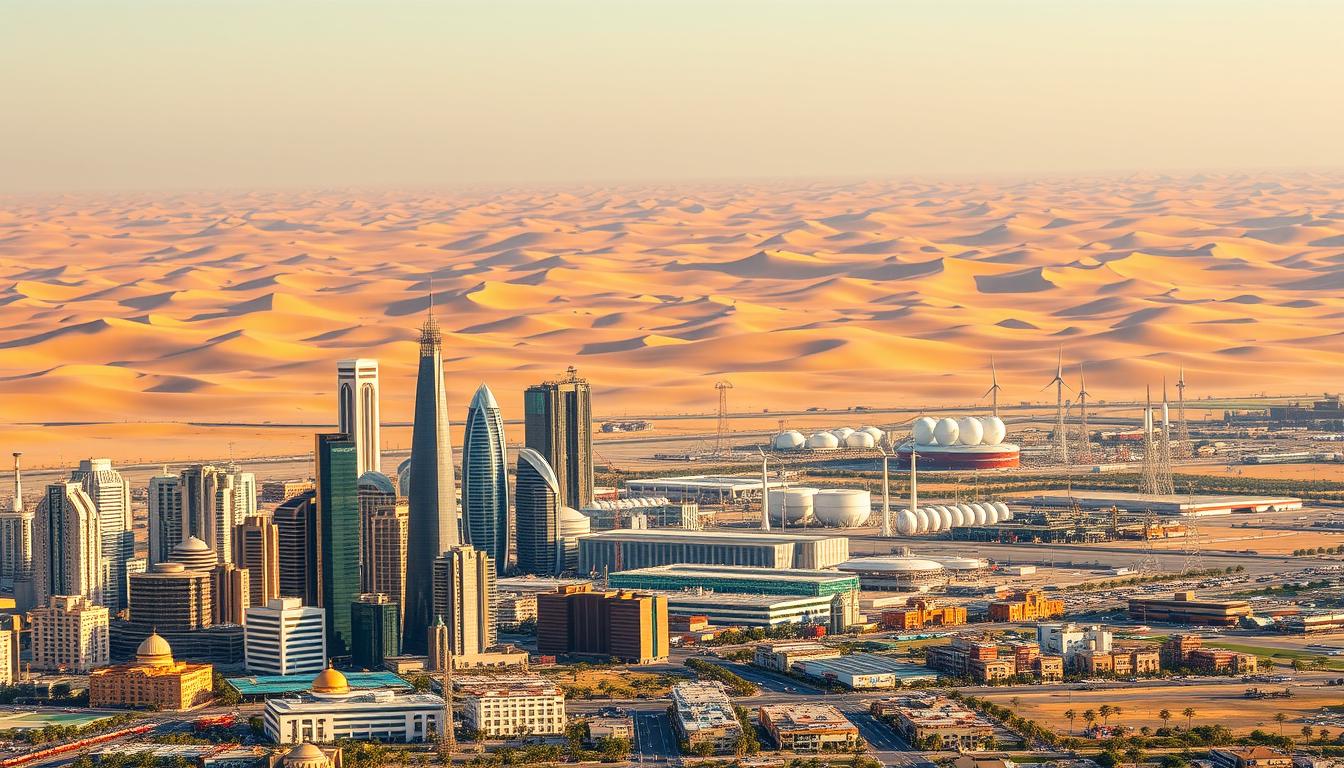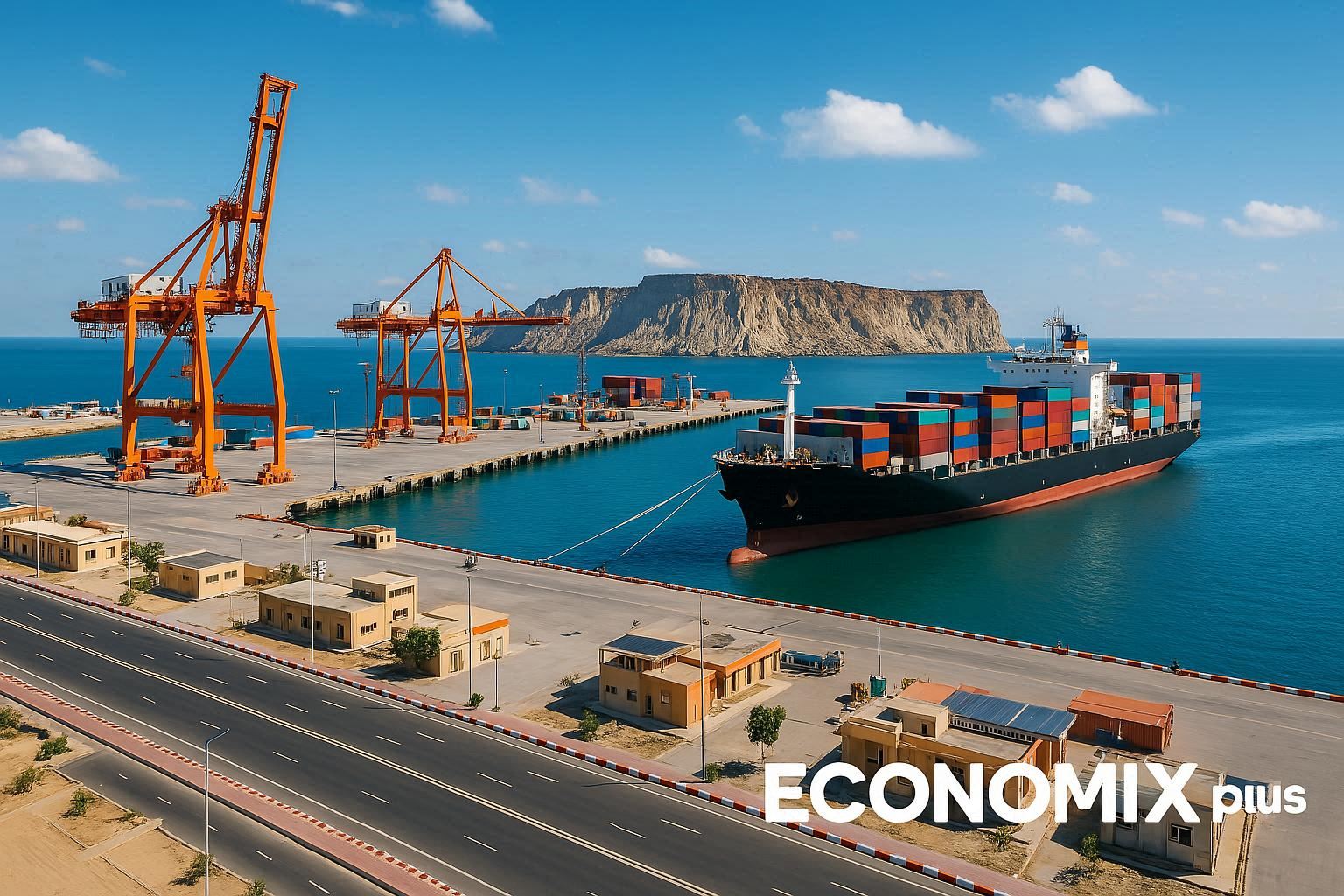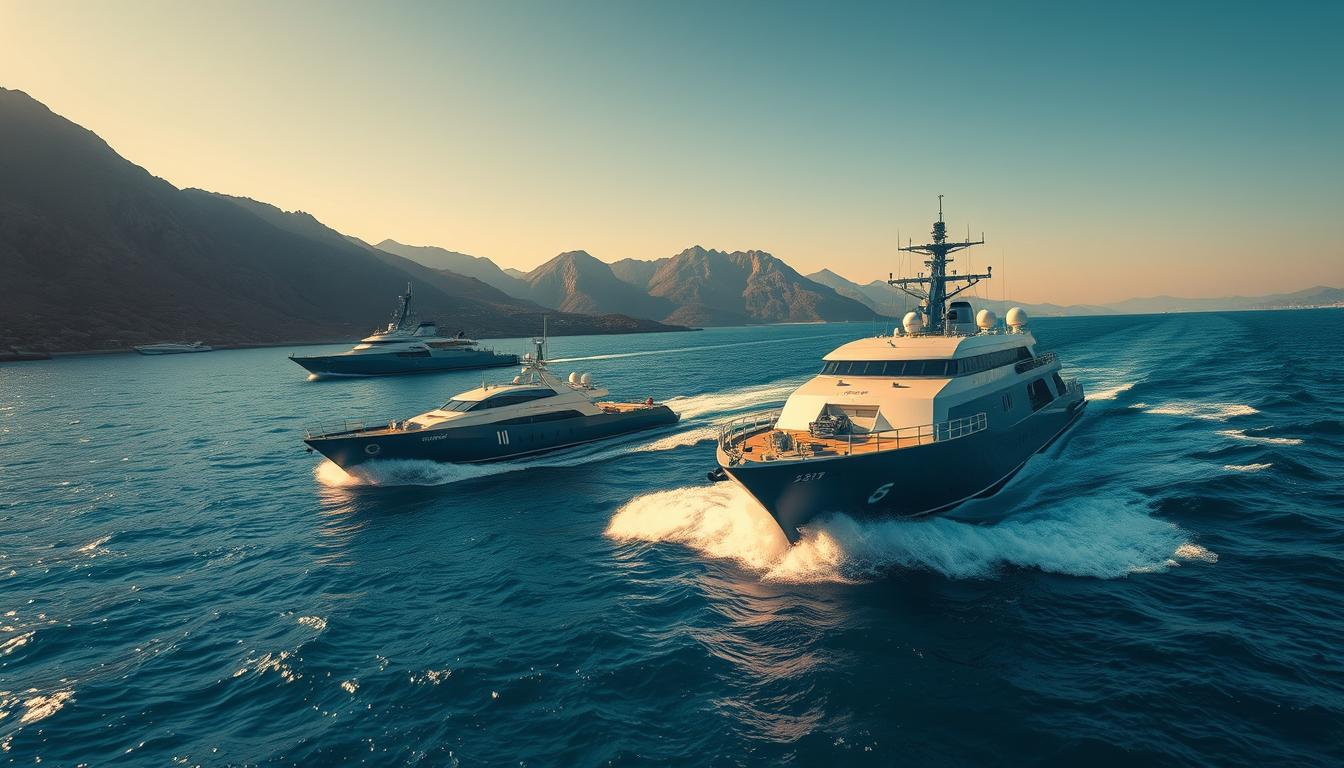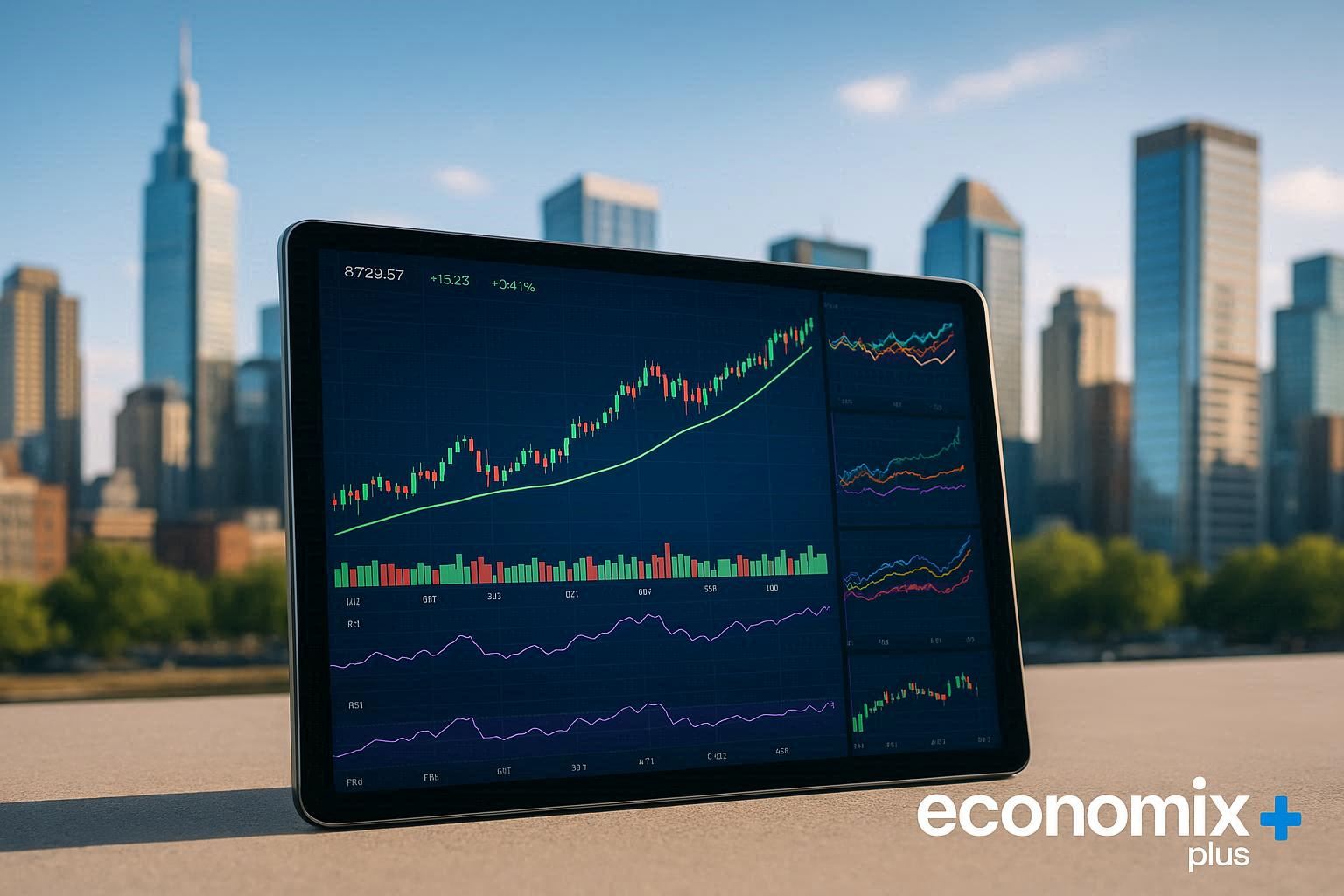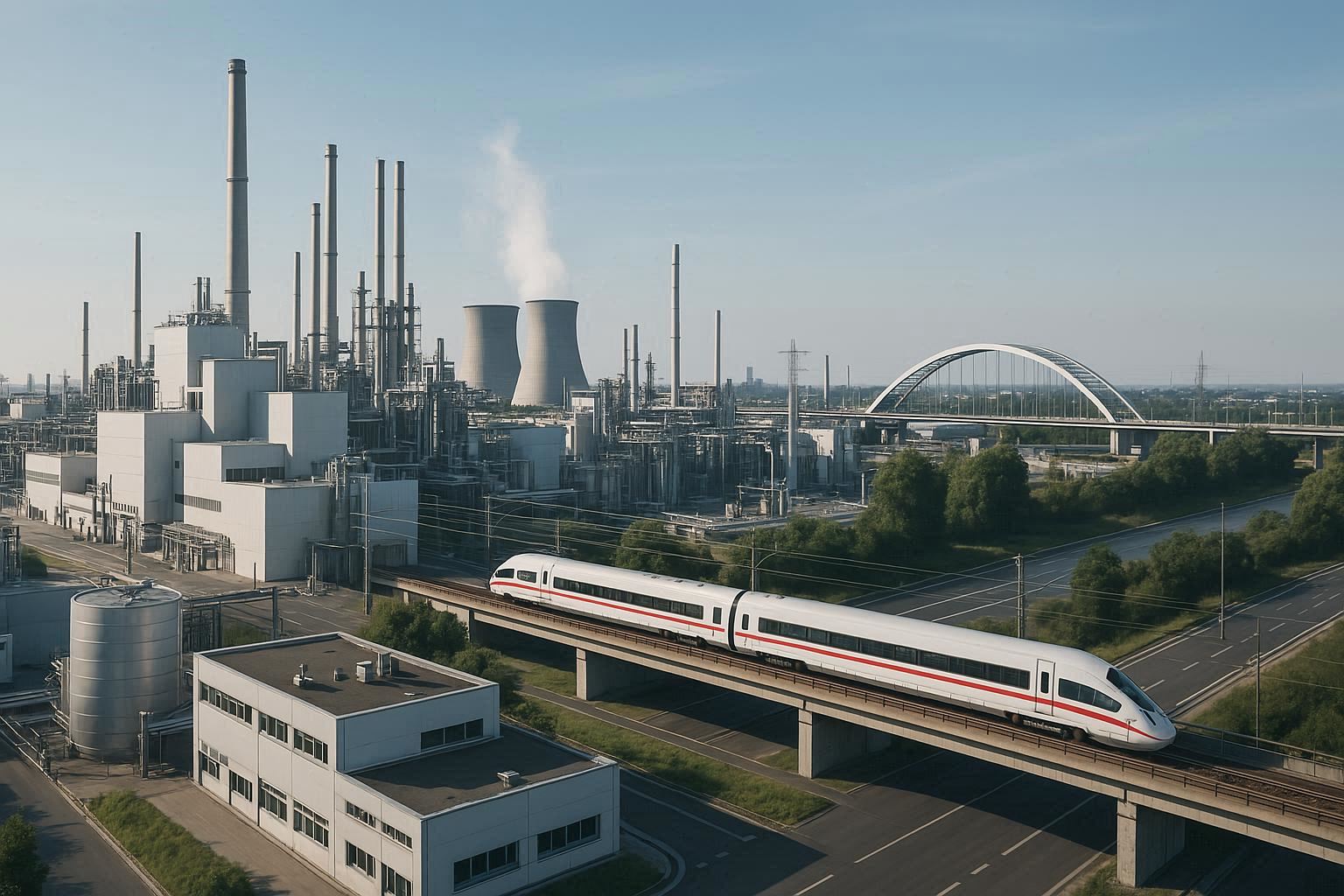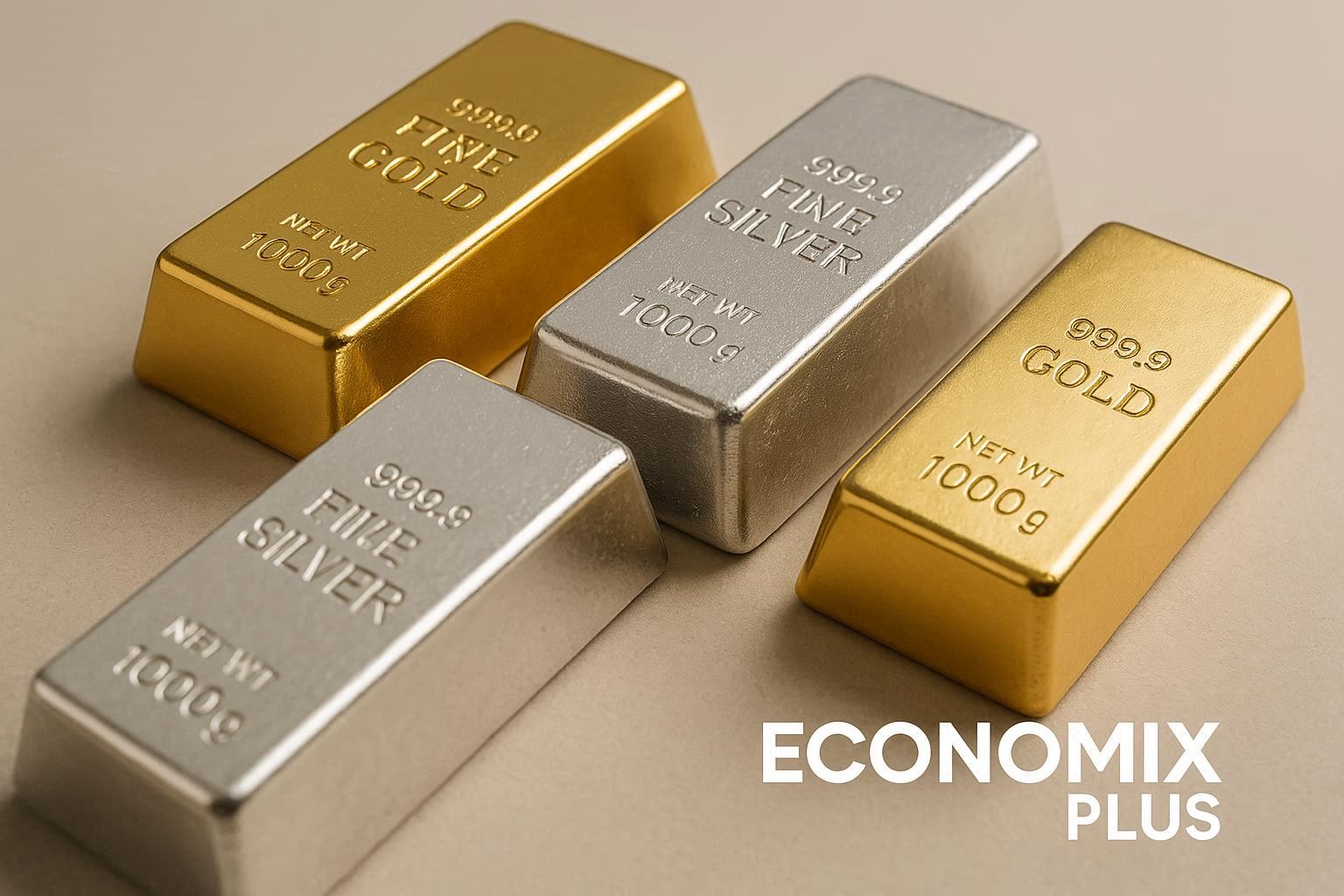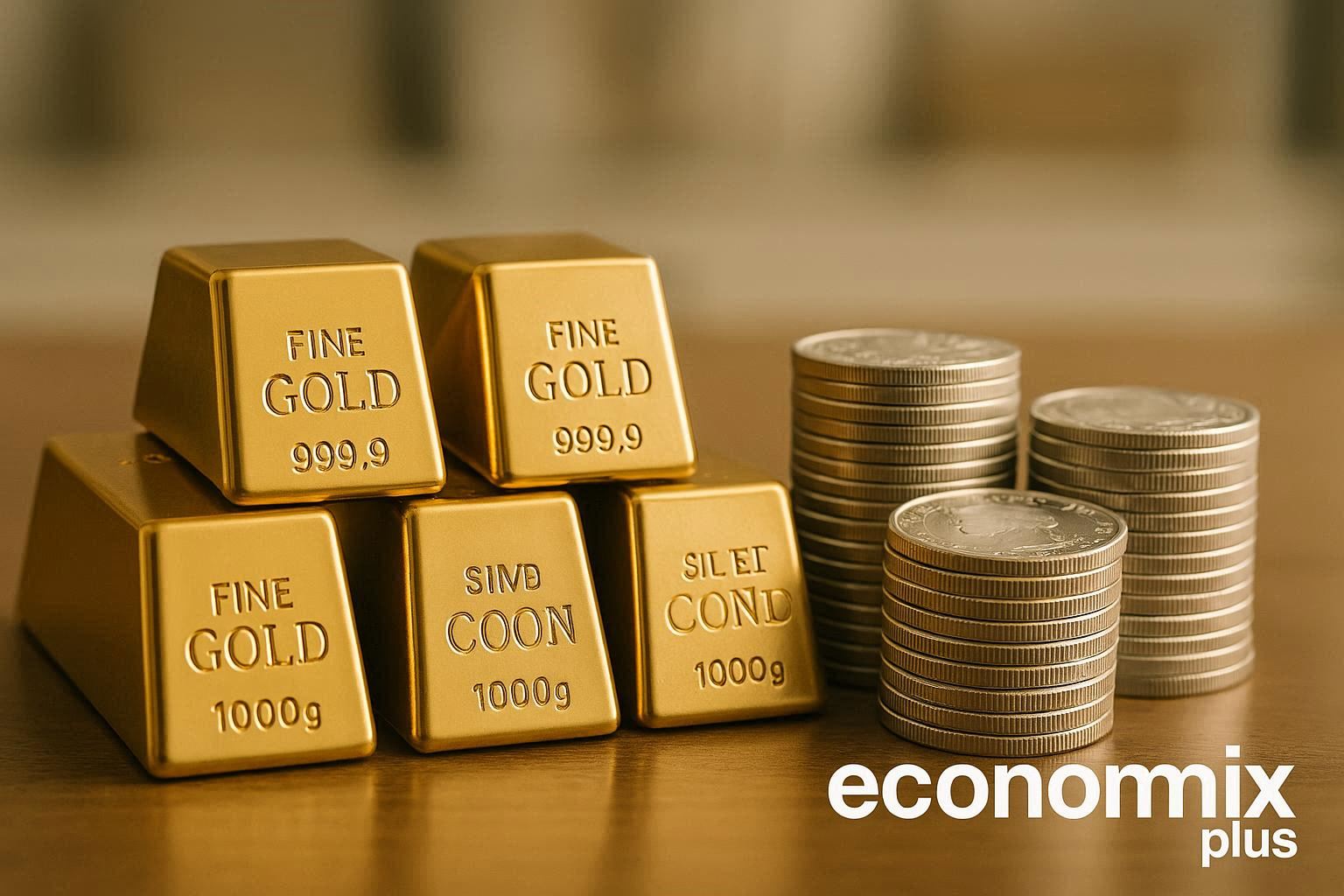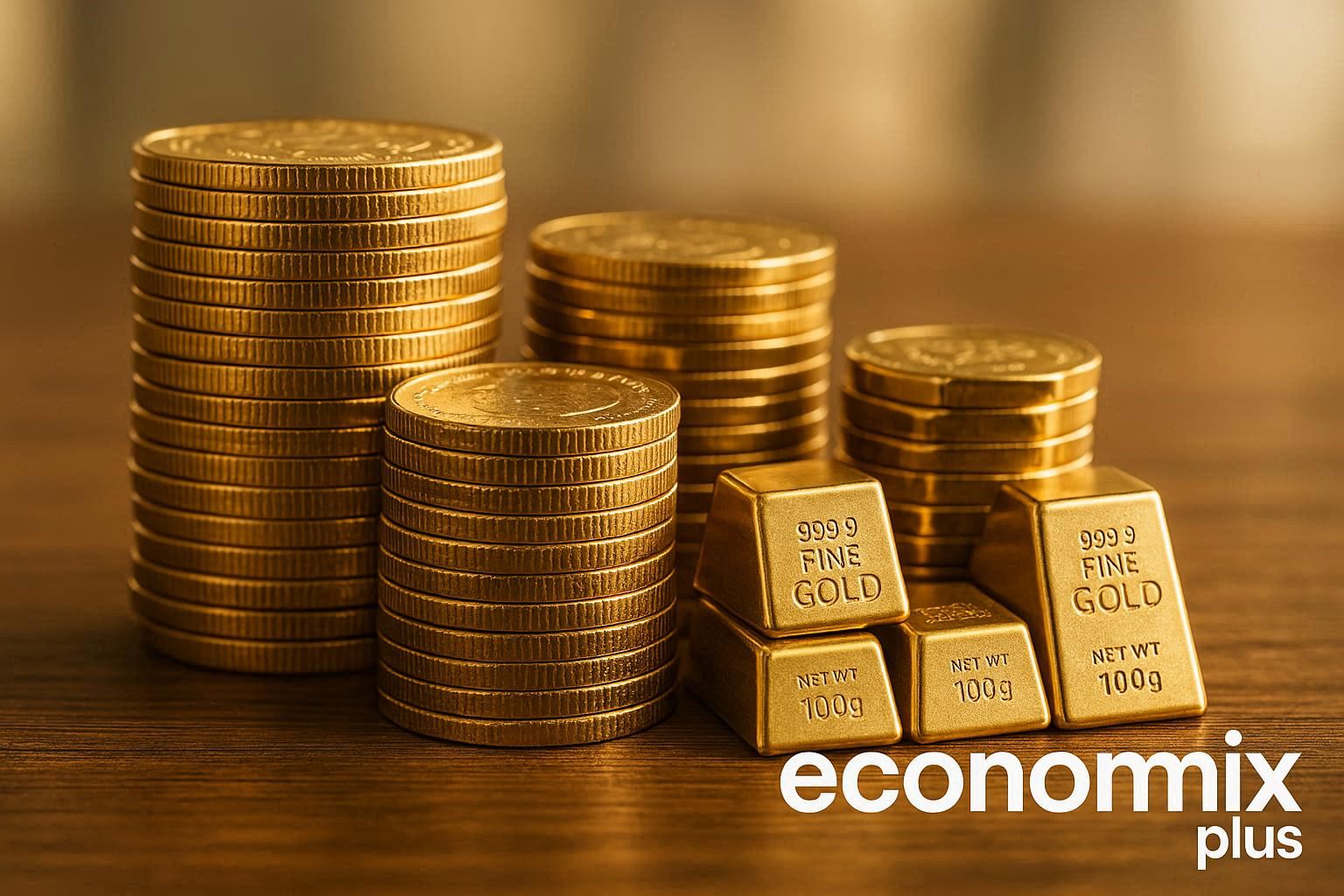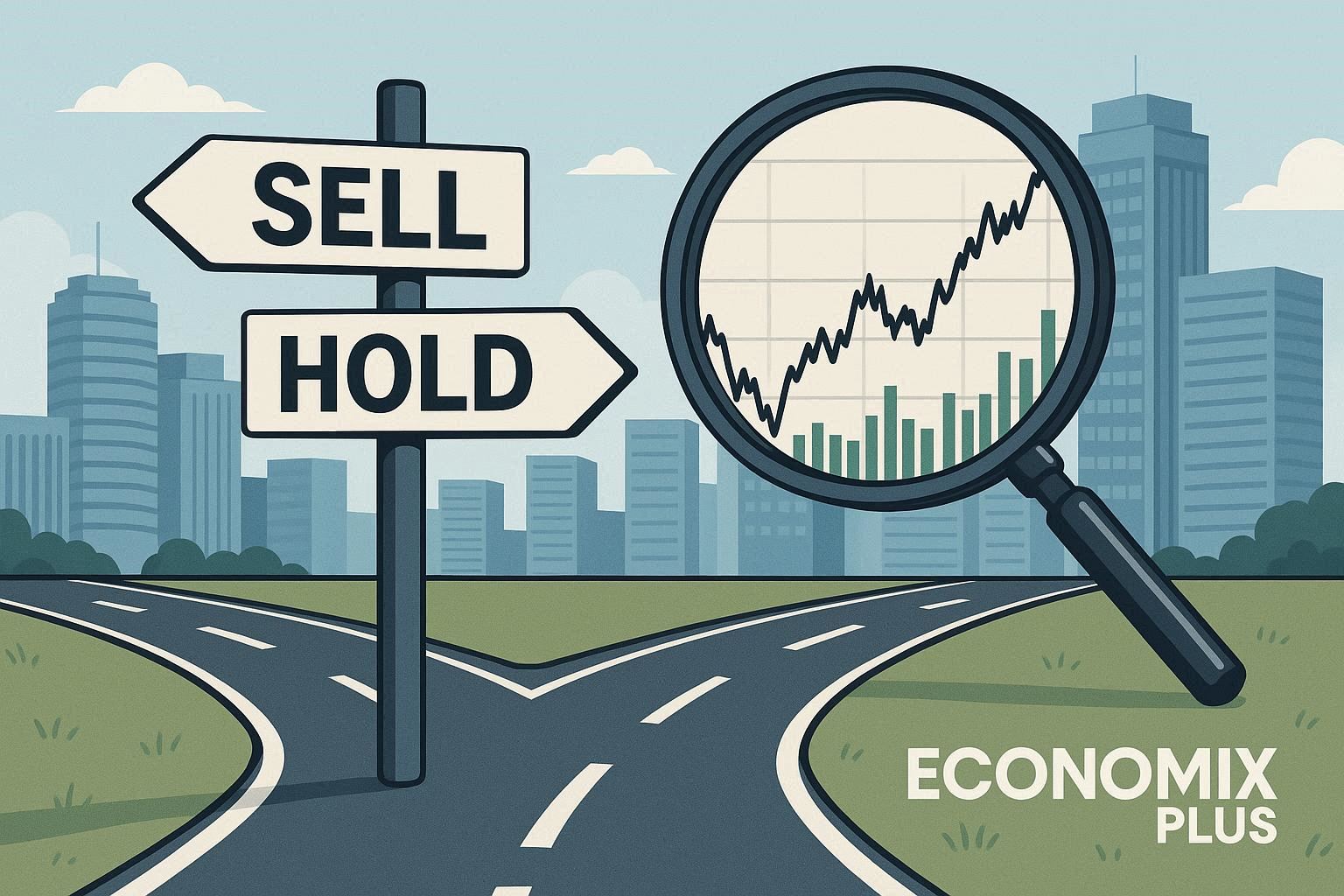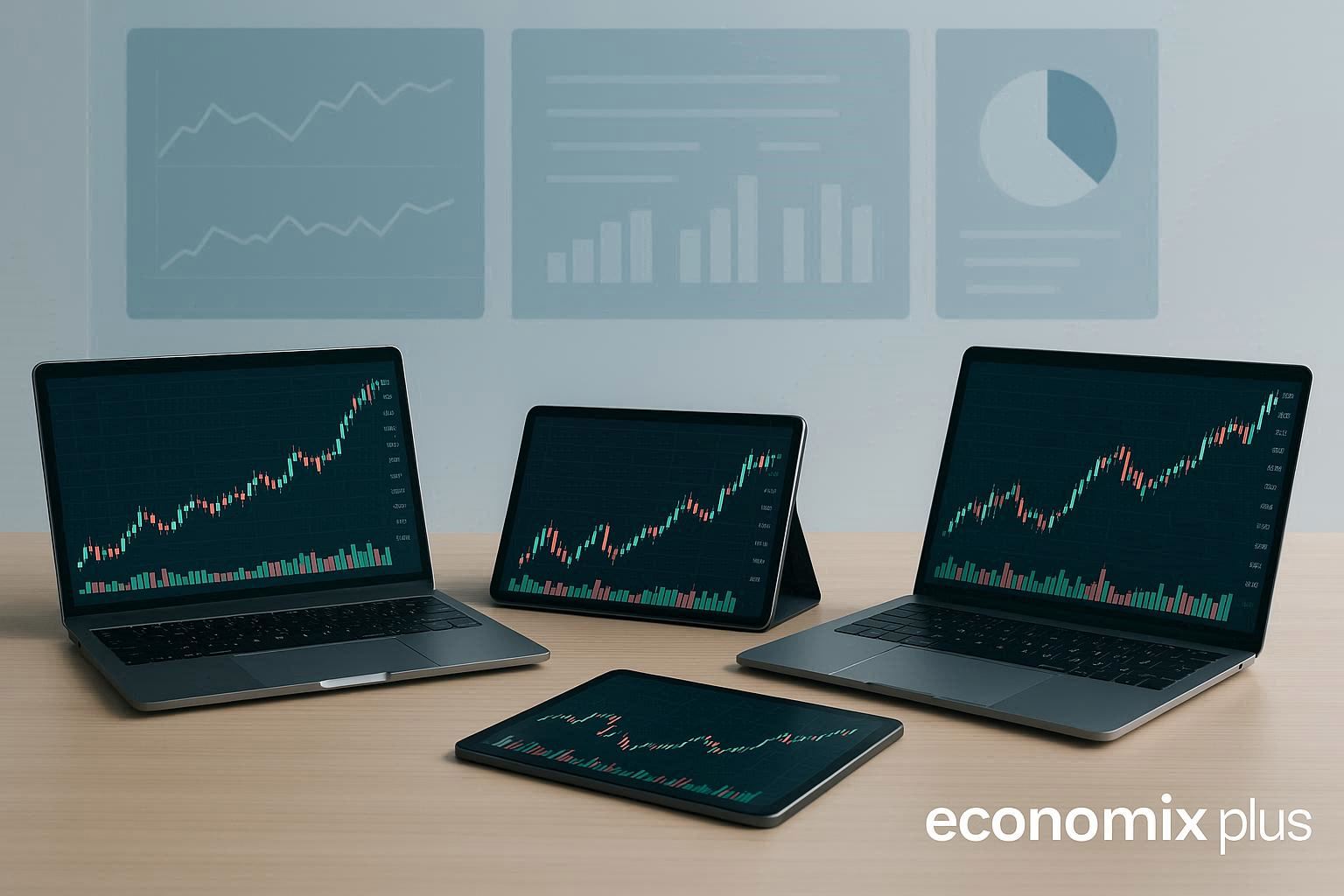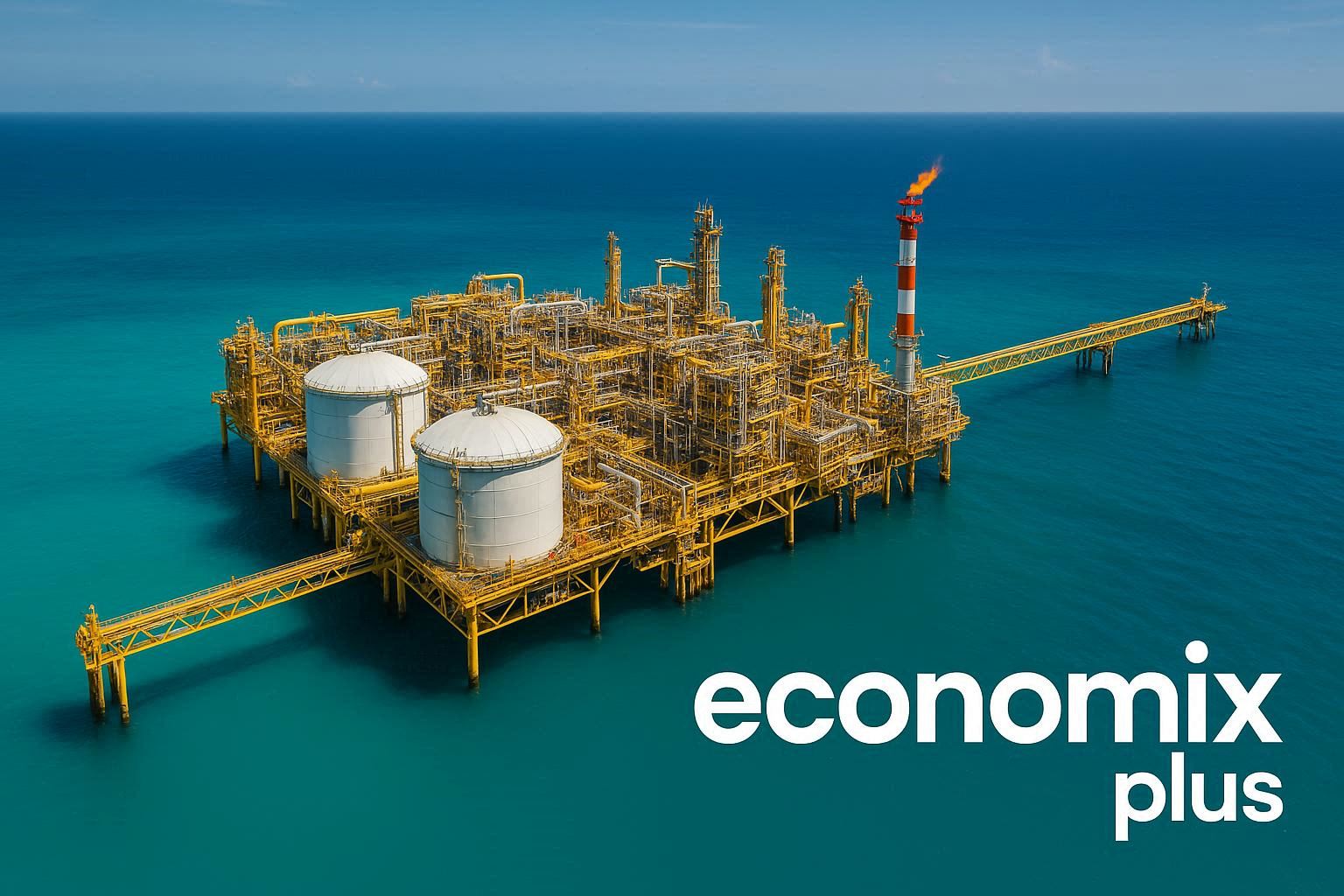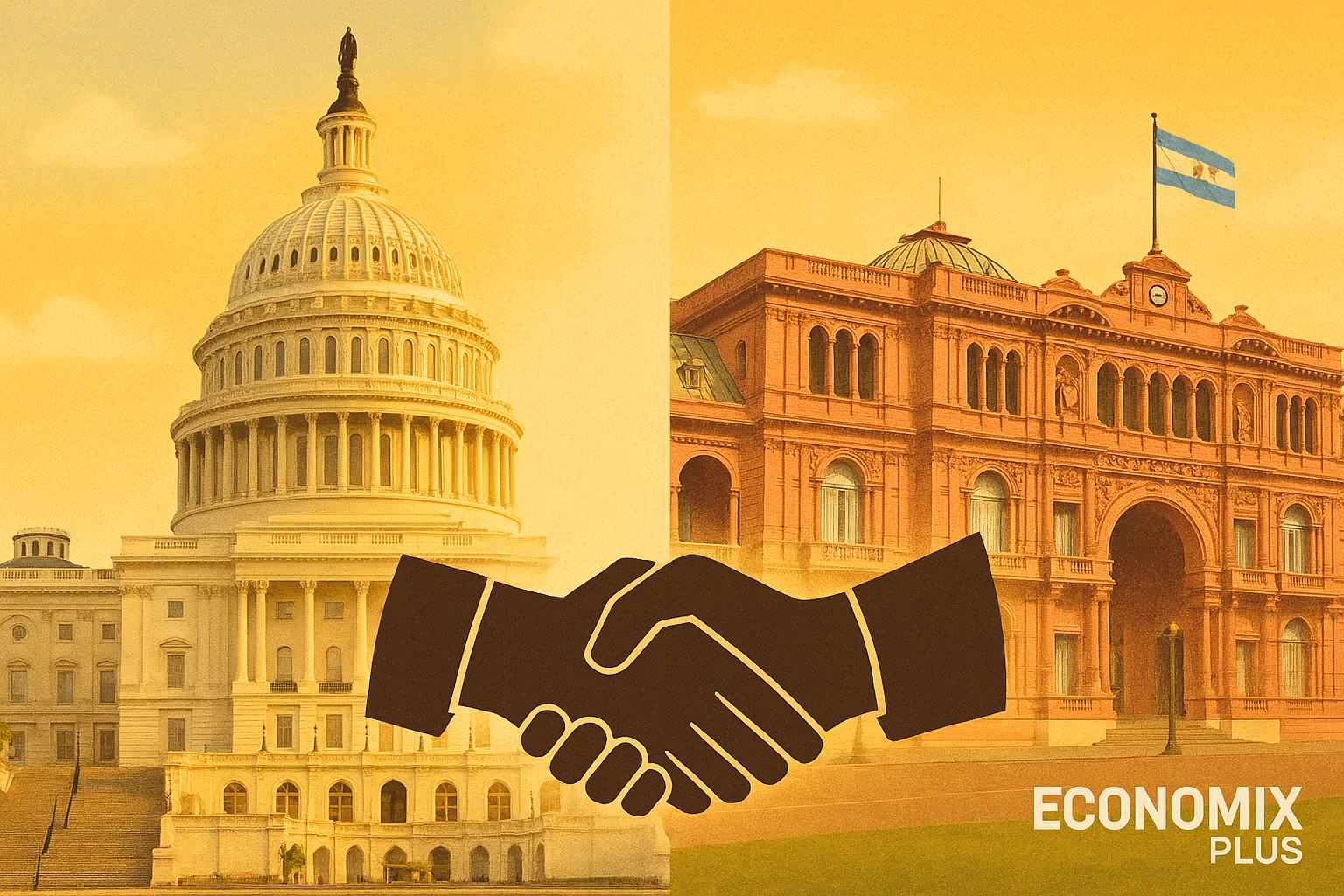What if your economy depended on a single resource that could vanish overnight? For decades, oil and gas revenues fueled prosperity in the Gulf. But as global energy shifts accelerate, two regional rivals face a critical question: who’s building an economy that lasts?
The Global Economic Diversification Index reveals a harsh truth. Nations relying heavily on natural resources face constant risks—price crashes, demand shifts, and climate policies. Breaking this cycle isn’t optional; it’s survival.
Over the past 20 years, sweeping reforms have reshaped the region. Mega-projects in tech hubs, tourism cities, and renewable energy dominate headlines. Yet progress isn’t equal. One nation’s bold vision contrasts with another’s calculated reinvention.
Global shocks like COVID-19 and net-zero pledges forced urgency. Leaders now race to future-proof their economies. This isn’t about abandoning oil wealth—it’s about leveraging it to create new engines of growth.
This analysis focuses on structural reforms, not financial instruments. You’ll discover how innovation ecosystems, workforce transformations, and regulatory overhauls define success. The stakes? Nothing less than global relevance in a post-carbon era.
Key Takeaways
- Energy-dependent economies face existential risks without diversification
- Recent reforms prioritize tech, tourism, and sustainable industries
- Global crises have intensified competition for economic resilience
- Strategic investments aim to reduce vulnerability to oil price swings
- Long-term visions now drive short-term policy decisions
Overview of Economic Diversification in the Middle East
Imagine building a skyscraper on shifting sands—that’s the risk hydrocarbon-reliant nations face. For Gulf Cooperation Council (GCC) members, diversification means creating multiple economic pillars that survive oil market turbulence. This strategy prioritizes stable growth through tech, manufacturing, and service sectors while avoiding interest-based financial tools.
Defining Diversification in the GCC Context
Economic diversification here isn’t about abandoning oil wealth. It’s about using those resources to fund new industries. The Global Economic Diversification Index (EDI) measures success through three factors:
- Non-oil export growth
- Employment in productive sectors
- Investment in innovation hubs
Historical Shifts and Recent Trends
Before 2000, over 80% of GCC budgets came from hydrocarbons. Recent reforms target this imbalance through:
| Year | Key Policy | Non-Oil GDP Impact |
|---|---|---|
| 2010 | Trade zone expansions | +4.2% annual growth |
| 2016 | VAT introductions | Revenue diversification |
| 2022 | Green energy mandates | $23B renewable investments |
These changes reflect a broader regional pattern. Since 2015, middle east countries increased tech spending by 190%, outpacing global averages. You’ll notice workforce development programs now prioritize digital skills over traditional oil-sector training.
Saudi Arabia and the UAE: Who is leading in economic diversification?
Numbers don’t lie—they reveal which nation’s diversification playbook delivers real results. The Global Economic Diversification Index tracks progress through hard metrics like non-oil exports, employment shifts, and innovation funding. Both Gulf nations show momentum, but their paths diverge in critical ways.
Key Performance Indicators and EDI Insights
Recent EDI data highlights stark contrasts. The Kingdom boosted its non-oil exports by 17% last year, driven by advanced manufacturing and chemical sectors. Meanwhile, the Emirates saw a 34% surge in service exports, fueled by logistics and digital trade platforms.
Workforce transformation tells another story. Over 72% of Saudi nationals now work in private-sector roles unrelated to hydrocarbons—a 300% increase since 2018. The UAE counters with 89% of new businesses operating in tech or renewable energy fields.
Digital adoption accelerates these shifts. Cloud computing investments grew 210% in the Emirates since 2020, while the Kingdom’s AI sector now contributes $12 billion annually. These tech-driven gains explain why both countries climbed 15+ spots in global innovation rankings since 2015.
EDI’s trade diversification scores reveal the final twist. Saudi Arabia leads in regional industrial partnerships, but the UAE dominates cross-border digital services. One builds factories; the other exports algorithms. Both strategies reduce oil dependence—but only time will crown the ultimate victor.
Drivers Behind Economic Diversification
In a world where oil prices swing like pendulums, adaptation becomes survival. Global crises and climate commitments have rewritten the rules—forcing nations to rethink their economic foundations. You’ll find two powerful forces driving this shift: unpredictable market shocks and the unstoppable rise of digital innovation.
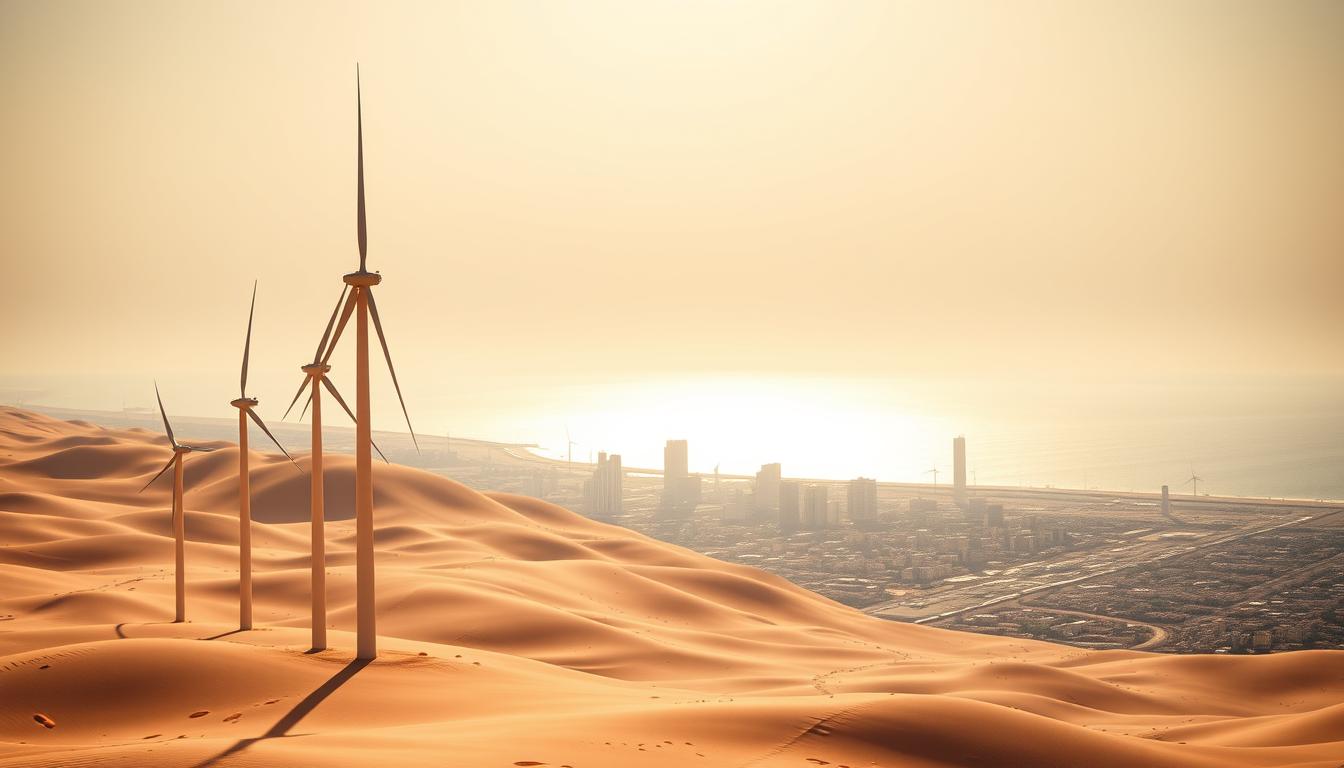
Impact of Global Price Shocks and Energy Transition
Remember April 2020? Oil prices plunged below zero as demand vanished overnight. That crash exposed a harsh truth: relying on hydrocarbons means riding a rollercoaster without seatbelts. Volatile markets now push governments to accelerate reforms.
The energy transition adds another layer of urgency. Over 60 countries have net-zero pledges, reshaping global supply chains. Gulf nations respond by redirecting oil revenues into solar farms and hydrogen hubs. One energy executive put it bluntly: “We’re mining sunlight now, not just crude.”
Role of Digital Adoption and Technological Investment
Digital tools act as shock absorbers for economies. Cloud computing and AI help businesses pivot during disruptions. Consider these policy-driven tech investments:
| Policy Measure | Year | Growth Impact |
|---|---|---|
| 5G infrastructure grants | 2021 | +9% productivity |
| AI research tax credits | 2022 | $4.2B private investment |
| Data center subsidies | 2023 | 37% export increase |
Restructuring supply networks also fuels growth. Local manufacturing zones now produce tech components previously imported. This shift cuts costs while creating skilled jobs—proving that smart policy can turn risks into opportunities.
Comparative Analysis of GCC Diversification Efforts
How do you measure progress when every nation’s playing the same game with different rules? The latest Global Economic Diversification Index scores reveal sharp contrasts across Gulf Cooperation Council members. While all aim to reduce oil reliance, their strategies—and results—vary widely.
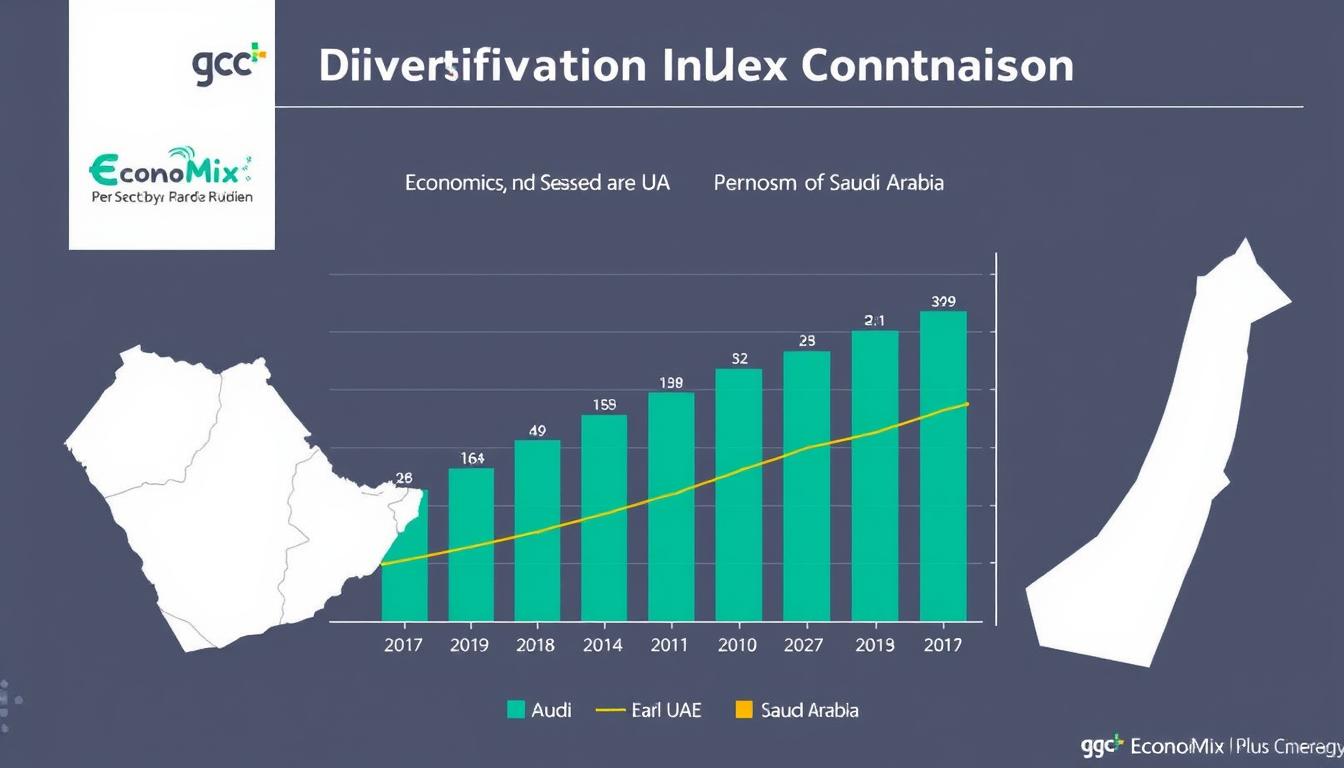
Regional Index Scores and Country Rankings
Recent EDI data shows Bahrain climbing 8 spots since 2020—the fastest improvement in the region. Oman’s reforms pushed it into the top 40 globally for trade diversification. But rankings tell only part of the story. Consider these critical metrics:
| Country | 2024 EDI Score | Rank Change (vs 2020) |
|---|---|---|
| Bahrain | 68.3 | +8 |
| Oman | 62.1 | +5 |
| Kuwait | 57.9 | -2 |
Three factors explain these shifts. First, nations investing in manufacturing zones saw faster non-oil export growth. Bahrain’s aluminum production now accounts for 12% of GDP. Second, countries prioritizing digital infrastructure gained service-sector momentum. Oman’s e-commerce laws boosted tech startups by 41% last year.
Progress isn’t permanent without sustained reforms. While Bahrain and Oman ascend, others face headwinds. Kuwait’s score dropped due to slow private-sector growth—only 23% of nationals work outside government roles. Regional leaders now push workforce training programs to bridge this gap.
The data underscores a vital lesson: diversification requires tailored solutions. Some countries excel in tech exports, others in industrial production. What unites them? The urgent need to convert oil wealth into lasting economic architecture.
Government Policies and Economic Reform Initiatives
Bold policy moves are rewriting the rules of economic development. Gulf nations now deploy strategic reforms to build industries that thrive beyond oil cycles. These measures target tech innovation, trade expansion, and regulatory modernization.
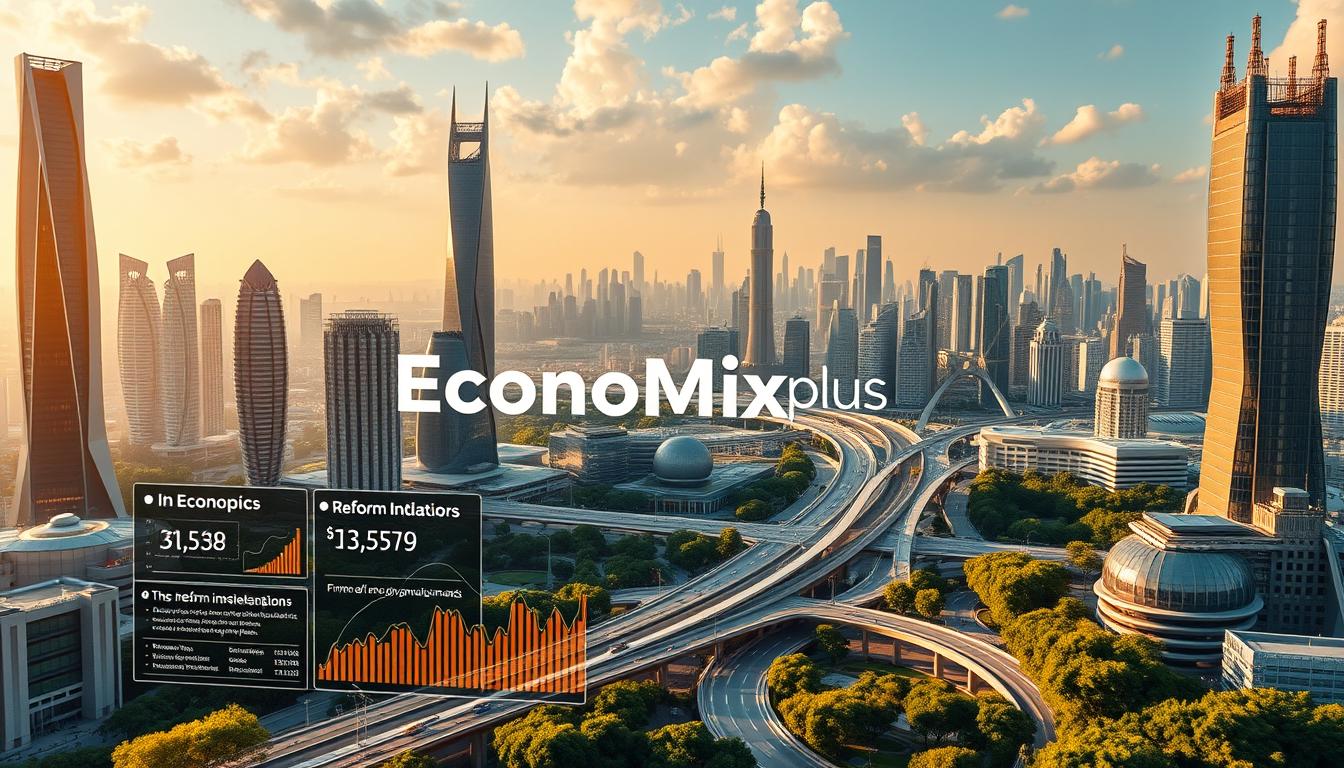
Incentives for New Tech Sectors and Trade Liberalization
Governments lure tech giants with unmatched incentives:
- 10-year tax holidays for AI startups
- R&D funding covering 45% of project costs
- Special economic zones with 100% foreign ownership
Trade barriers crumble under new agreements. Over 85% of import tariffs vanished last year for tech components. One trade minister declared: “We’re building bridges, not checkpoints, for global commerce.”
Reforms in Fiscal and Regulatory Frameworks
Fiscal overhauls stabilize budgets while sparking growth:
| Reform | Impact |
|---|---|
| VAT increases | $18B non-oil revenue |
| Corporate tax cuts | 23% FDI growth |
| Export subsidies | 41% trade surge |
Vision 2030 drives systemic change through 700+ regulatory updates. Business licensing now takes 3 hours instead of 3 weeks. Patent approvals accelerated by 68% since 2022.
These initiatives prove that smart governance can turn oil wealth into lasting economic architecture. The race isn’t about abandoning hydrocarbons—it’s about harnessing them to fuel tomorrow’s industries.
Sectoral Shifts Beyond Hydrocarbons
What happens when oil money builds solar farms? Gulf nations are rewriting their economic playbooks, channeling resources into sectors that outlast fossil fuels. Commercial service exports grew 27% last year, while digital trade platforms now handle $19 billion annually.
Rising Importance of Services and Digital Industries
Service-oriented growth now drives regional economies. Logistics hubs process 40% more cargo than pre-pandemic levels. Digital payment systems grew 315% since 2020—faster than Silicon Valley’s early boom years.
Three sectors dominate this shift:
| Industry | Growth (2023) | Job Creation |
|---|---|---|
| Fintech | 89% | 112,000 |
| E-commerce | 67% | 84,500 |
| Cloud Services | 142% | 203,000 |
Knowledge economies thrive through targeted investments. Smart city projects attracted $7.8 billion in foreign tech partnerships last quarter. One startup founder noted: “We’re coding solutions for problems oil money never fixed.”
Investments in Renewable Energy and Clean Technologies
Solar farms now power 3.2 million homes across the region. Green hydrogen exports will hit $12 billion by 2027—triple 2022 levels. These projects create synergies between goods and services:
- Wind turbine factories supply regional markets
- Carbon capture tech licenses generate royalty income
- Renewable research centers train engineers
Energy storage patents filed last year jumped 189%, proving innovation accelerates when old resources fund new ideas. The race isn’t just about replacing oil—it’s building systems where sunlight and algorithms become equal partners in growth.
Investment Trends and Brand Strength in the Region
Global investors now track corporate reputations as closely as balance sheets. Brand Finance reports show Gulf enterprises dominate 43% of the Middle East’s total brand value—a $298 billion testament to strategic reinvention.
Insights from Global Brand Valuation Data
Energy giants lead this transformation. Aramco’s brand value surged 19% last year to $45.5 billion, while ADNOC’s climbed 22% through renewable energy partnerships. These gains reflect deeper shifts:
| Brand | 2024 Value | Sector Influence |
|---|---|---|
| Aramco | $45.5B | Energy transition |
| ADNOC | $14.2B | Hydrogen tech |
| NEOM | $8.1B | Smart cities |
Innovative strategies drive these valuations. Tech-focused sovereign funds now allocate 33% to AI and robotics ventures. The Middle East Council estimates digital trade platforms will handle $74 billion annually by 2026.
Brand power fuels business expansion. Companies ranking in the top 10% for value attract 47% more foreign partnerships. One fund manager notes: “Strong brands signal reform commitment—investors reward that certainty.”
These trends underscore a critical link. As the Middle East Council advances regional cooperation, private-sector branding becomes both economic indicator and growth accelerator. Value creation now hinges on merging financial muscle with market trust.
Impact of Global Economic Shocks and Future Outlook
When the ground shifts beneath your feet, standing still isn’t an option. Recent crises exposed how tightly economic growth remains tied to global stability. The pandemic erased $2.4 trillion from Middle Eastern economies in 2020—equivalent to 14% of regional GDP. Yet recovery rates tell a different story: non-oil sectors expanded 6.1% annually since 2021, outpacing hydrocarbon growth by 400%.
Post-Pandemic Recovery Trends
Export rates reveal surprising resilience. Digital service shipments jumped 58% between 2020-2023, cushioning oil revenue drops. Countries prioritizing economic diversification strategies recovered 23% faster than peers. Consider these shifts:
- Tourism revenue reached 94% of pre-pandemic levels by Q3 2023
- Manufacturing zones attracted $19B in foreign direct investment
- Cloud infrastructure spending tripled since 2020
Implications of Shifting Energy Markets
Renewables now dictate economic growth trajectories. Solar panel production costs fell 82% since 2010—reshaping regional priorities. Green hydrogen projects secured $36B in global commitments last year, with Gulf nations capturing 41% of deals. Integration into low-carbon supply chains could add 1.2 million jobs by 2030.
Fossil fuel demand volatility persists. Oil prices swung 300% between 2020-2023, forcing governments to accelerate reforms. As energy markets transform, nations balancing hydrocarbon expertise with tech investments fare best. The world’s next economic leaders will master this dual track.
Economic Diversification and Revenue Transformation
Money flows where governments build new pipelines—not for crude, but for diversified income streams. Fiscal reforms now prioritize stability through multiple revenue channels, reducing vulnerability to energy market swings.
Changing Sources of Government Revenue
Norway’s tax system offers a striking contrast. While 78% of its revenue comes from non-oil sources like income taxes and VAT, GCC nations average just 37%. This gap drives urgent reforms:
| Region | Non-Oil Revenue (%) | Key Drivers |
|---|---|---|
| Norway | 78 | Income taxes, pension funds |
| GCC Average | 37 | VAT, corporate fees |
The shift requires reengineering entire fiscal systems. Oman introduced digital tax platforms that boosted compliance by 41% in 2023. Bahrain now generates 19% of revenue from tourism levies and tech licensing fees.
Three steps define successful transitions:
- Phasing oil dependence below 50% of budgets
- Creating transparent tax frameworks
- Redirecting hydrocarbon profits into innovation funds
Digital tools accelerate this process. Automated auditing systems increased non-oil tax collection by $6.7 billion regionally last year. As one finance minister noted: “We’re trading rigs for algorithms in our revenue mix.”
Sustainability emerges through balanced portfolios. Countries with diversified revenue streams weathered the 2022 oil price drop 23% better than peers. The lesson? Multiple income channels create economic shock absorbers.
Role of Digital Transformation and Innovation
What if algorithms became your most valuable export? Digital tools now reshape entire industries, creating revenue streams unthinkable a decade ago. Governments prioritize tech adoption to build economies resilient to market shocks.
Building Tomorrow’s Tech Infrastructure
AI adoption grew 240% since 2020 across Gulf nations. Cloud computing handles 58% of regional data storage needs. These steps form the backbone of modern service economies:
| Initiative | Investment | Outcome |
|---|---|---|
| National AI Strategies | $4.8B | 19% productivity boost |
| 5G Network Expansion | 12,000+ towers | 83% faster connectivity |
| Blockchain Trade Platforms | 37 projects launched | $9B annual savings |
Brand Finance data shows tech brands now account for 29% of the Middle East’s corporate value. Digital service exports jumped 67% last year—outpacing traditional sectors.
United Arab partnerships drive this shift. Cross-border data agreements with 14 nations enable seamless digital trade. Local startups raised $2.3 billion in 2023 through government-backed incubators.
Three critical steps cement progress:
- Training 250,000 coders annually through national academies
- Offering tax breaks for automation projects
- Creating regulatory sandboxes for fintech innovation
These efforts transform how nations compete globally. Service platforms now generate $19 hourly per user—triple 2019 levels. Digital tools don’t just modernize economies—they redefine what’s possible.
Challenges and Opportunities for the GCC
Navigating economic reform feels like rewiring a plane mid-flight—especially when old systems resist change. The political economy of Gulf nations creates unique hurdles. Clientelism and layered approvals often slow progress, despite ambitious diversification goals.
Breaking Down Barriers to Progress
Bureaucratic delays cost businesses 14% more annually in the gcc region compared to global averages. A 2023 study found 37% of firms faced permit delays exceeding 90 days. Yet reforms are emerging:
| Reform | Focus Area | Impact |
|---|---|---|
| Digital Licensing | Business Setup | 83% faster approvals |
| Anti-Corruption Task Forces | Public Contracts | $4.2B savings |
| Skills Matching Platforms | Labor Markets | 19% wage growth |
The political economy challenge remains. Power networks built on oil revenues resist shifts to merit-based systems. As one analyst from the council global affairs noted: “Reforming institutions means redistributing influence—never a smooth process.”
Opportunities multiply when barriers fall. Removing 62 redundant regulations in the united arab logistics sector boosted exports by $7 billion last year. Countries streamlining customs processes saw 23% faster goods movement.
Private sector partnerships prove transformative. Tech startups in Bahrain grew 41% after regulatory sandboxes launched. These examples show how adaptive frameworks can unlock hidden potential across the gcc region.
Conclusion
Future-proofing economies demands more than resource wealth—it requires reinvention. Over the past two decades, regional strategies reveal distinct paths. One nation bets on industrial scaling, another on digital frontiers. Both recognize that to diversify economies means rewriting rulebooks.
Policy reforms accelerated tech adoption across critical sectors. Digital infrastructure now supports 63% of non-oil business operations. Revenue transformation initiatives, like those analyzed by the East Council Global, show tax system overhauls increasing stability.
Integration remains pivotal. Cross-border partnerships in renewable energy and fintech amplify regional competitiveness. The Council Global Affairs reports 41% faster growth in diversified markets since 2020.
Yet challenges persist. Workforce readiness gaps and regulatory inertia slow progress. Vision-aligned investments in AI and green tech suggest where value will emerge next.
Your takeaway? Economic resilience stems from continuous adaptation. As the Arab Emirates demonstrates, leveraging existing strengths while building new capacities creates lasting advantage. The race isn’t about abandoning oil—it’s about mastering multiple economic languages simultaneously.
